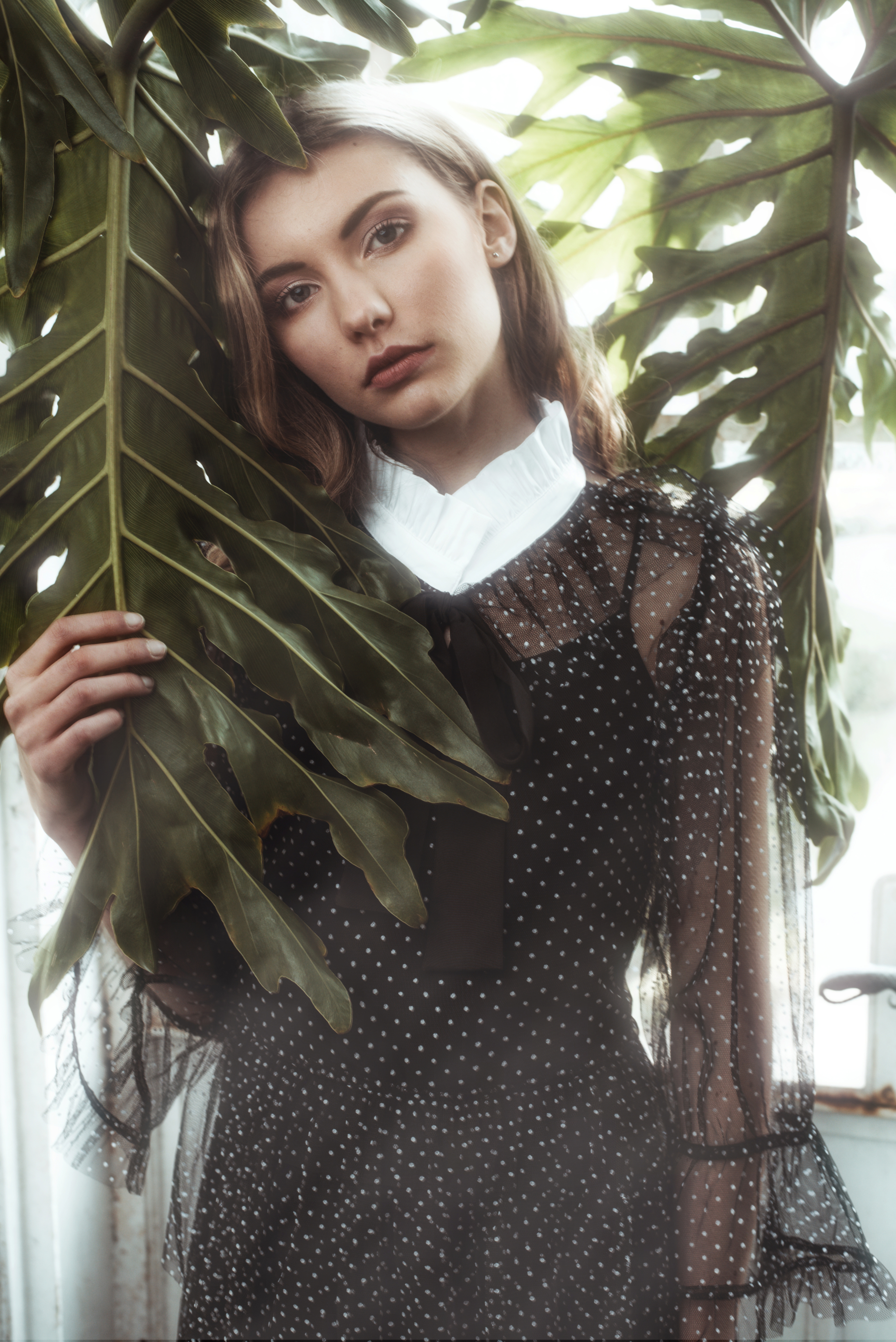The botanical garden by Villa Mirasasso is not an urban park. It is a work of art of man, nature and time. So today it is a protected feature of value. It is an obligation on Sežana, a Karst landmark and a matter of national pride, worthy of considerate admiration. It is a space meant for people. Both locals and visitors. To come and marvel at what cannot be grasped in urban parks. To get to know, to understand and preserve the grandeur of nature and culture. Grandeur built for great things.
Status of Sežana Botanical Garden by Villa Mirasasso
The garden boasts invaluable cultural elements and a botanical collection of over 170 different non-native species. In view of this, the garden today has the status of:
- garden-architectural heritage,
- natural feature of national importance,
- natural monument of local importance and
- cultural monument of local importance.
Composition of the garden
The Scaramanga family garden formerly covered an area of about 3 ha but the construction of roads and railways in 1949 reduced the garden by a third. This resulted in the loss of the Scaramanga vineyards and orchards, several exotic trees, an artificial cave and two viewing towers. However, in 2017, the Municipality of Sežana revived in modernist style the long-abandoned smaller part of the garden that remained on the other side of the railway after its construction. Today, the total area of the old and new parts of the garden extends to more than 2 ha.
The old garden is still roughly divided into 2 parts:
- A central or formal part, with finely designed box parterres, glades, a pine grove, a fish pond and fountain, pergolas and a greenhouse, which is a smaller copy of the Schönnbrun greenhouse in Vienna, and
- An informal part, constructed in a more relaxed landscape style, with spacious grassy clearings, a pine forest, a cedar plantation and maple alley.
Plant collection
Sežana Botanical Garden by Villa Mirasasso, despite its »smallness«, boasts a collection numbering around 170 different species, altogether almost 700 plants.
It is particularly interesting from a dendrological point of view, over which proudly reigns a fine example of blue cedar of Lebanon (Cedrus libani ʹGlaucaʹ). It is followed immediately by the following most important tree species in Sežana Botanical Garden:
- Cedar of Lebanon (Cedrus libani)
- Deodar or Himalayan cedar (Cedrus deodara)
- Atlas cedar (Cedrus atlantica)
- Turkish fir (Abies bornmuelleriana)
- Greek fir (Abies cephalonica)
- Dawn redwood (Metasequoia glyptostroboides)
- Southern magnolia (Magnolia grandiflora)
- Broadleaf or Chinese privet (Ligustrum lucidum)
- Incense or California cedar (Calocedrus decurrens)
- Hedge apple or Osage orange (Maclura pomifera)
- Kentucky coffeetree (Gymnocladus dioicus)
- Port Orford cedar or Lawson cypress (Chamaecyparis lawsoniana)
- Ginkgo or maidenhair tree (Ginkgo biloba)
- Tulip tree (Liriodendron tulipifera)
- American catalpa (Catalpa bignonioides)
- Palmate or red emperor maple (Acer palmatum)
- Box elder maple or maple ash (Acer negundo)
- Norway maple (Acer platanoides)
- Sycamore maple (Acer pseudoplatanus)
- ‘Red’ sycamore maple (Acer pseudoplatanus ʹAtropurpureumʹ)
- Common yew (Taxus baccata)
- 'Close-leaved' yew (Taxus baccata ʹAdpressaʹ)
- Austrian or black pine (Pinus nigra),
- Siberian spruce (Picea obovata)
- 'Oshokuri' Japanese cherry (Prunus serrulata ʹOshokunʹ)
- Princesstree or fox-glove tree (Paulownia tomentosa)
In addition to tree species, the garden also boasts a number of shrubs, among which should be highlighted European or common box (Buxus sempervirens), historically designed into numerous parterres and rondos. Other shrubs include:
- Balearic box (Baxus balearica)
- Holly (Ilex aquifolium)
- Appalachian tea or evergreen winterberry (Ilex glabra)
- Stephanadra tanakae (Stephanadra tanakae)
- Trifoliate orange (Poncirus trifoliata)
From 2016 to 2021, in cooperation with the Slovenian Rose Society, the garden was enriched with a collection of roses, which contains 70 (45 additional) varieties of roses planted and a total of 420 plants. At the same time, the small collection of hortensia was also enlarged.
Mission and vision of management of the garden
Sežana Botanical Garden at Villa Mirasasso is the property of the Municipality of Sežana. It is administered by KSP d.d. Sežana (Sežana Municipal Housing Company), whose mission and vision are:
»To manage the garden towards sustainable development, which means to preserve and protect it, to enrich it horticulturally and to improve the value of the infrastructure to the level of excellence, taking into account the Management Plan and additional guidelines of the Institute for the Protection of Cultural Heritage of Slovenia and the Institute of the Republic of Slovenia for Nature Conservation. To strengthen awareness of the natural and cultural importance of the garden and to promote its recognition at home and abroad. To strengthen the educational and research aspects and to work with related organizations and other relevant organizations. Carefully to promote sustainable tourism and bring carefully selected contents, small-scale, exclusive events in order to preserve its sensitive natural and cultural elements and maintain the level of its character and importance.«


